Katrina was one of those kind of people.
I first heard of her when I received a notice for a workshop that she was holding. At the time I had a side interest in understanding how water wells became fouled with bacteria, especially the ones up near the farm and I had sent in a small little proposal to do a microbial study on them. I had been heavy into reading everything I could get my hands on that concerned how water wells were drilled and from what and how formations formed that could be tapped to get a water well. Having read up on how the watershed of the Texas Gulf coast shed into the Gulf, which in turn eventually moved into the Atlantic, I was keen on understanding more.
Katrina’s notice was timely. But way more significant than south Texas water wells.
Katrina’s conference was aimed at something much deeper. She was interested in something much bigger. She was considering the possibility that microbes inhabited the realm that exists miles beneath the ocean floor. She had visions of a huge, unmapped, unexplored, completely unknown biosphere.
What!, you say?
Out in the oceans, where oil explorers have drilled deep, narrow shafts that go beyond the hundreds and hundreds of meters of sediment, down to the hard rock that underlies the oceans is rock. The rock is cracked, some in very small fissures where ocean water seeps through and literally percolates, to.. somewhere. The flow of water in this realm, it’s course, is largely unknown. And what you have to realize is that the only place to eek out a living down that deep, almost beyond the crust of our earth is purely chemicals that might be dissolving in the ocean water.
Let me say it this way: how much sunlight do you think get’s down to those cracks that are literally kilometers under the ocean floor.
Yeah.
So this huge biosphere that Katrina was suspecting existed was making hay while the sun didn’t shine. Not really making hay you understand; they’d really be breathing and assimilating chemicals from the water and weathered from the rock. But it would be a completely different strategy than anything we currently understand.
To refresh your memory, remember studying about photosynthesis? You might not have thought so when you heard about it, but photosynthesis is flat out amazing. It’s free lunch carried as far as you can make it go. To do photosynthesis, all you have to have is a little sunlight, some carbon dioxide, and water. With that, trees make more trees, corn makes corn, bacteria recycle the elements and you have a world that exists in its entirety on the little organs and organelles that do photosynthesis. I’m not kidding. I’m not even taking creative license to make the story interesting.
I am not completely sure, but I am guessing that Katrina envisioned her idea about the deep, hidden biosphere initially because we know that everything on our planet recycles in some way. Even the water. So if water is seeping through those cracks, percolating and then coming back somewhere else, one would think that life which is so aggressive topside that it inhabits evens the harshest environments, it would also have found a way to make use of the chemistry down under.
I went to the conference.
I was amazed
Katrina had assembled this team of scientist, drillers, technicians, ship captains that had created some of the most incredible technology that I have ever witnessed. Without benefit of any electricity to run what they were leaving in the bore holes, deep out in a roiling ocean, they were planting the wells with things like osmotic pumps. Basically they were using osmosis (remember that term?) to pump, albeit very slowly, the water through filters so they could capture the tiny, microscopic biosphere she proposed was down there.
Katrina became known very quickly and very affectionately as the Mistress of the Dark Biosphere.
I didn’t know Katrina personally. She and I never shared a word. But like I said, she was one of those kind of people.
The kind that you know has a genius and everything else necessary to go along with it.
Unknown to me, she had worked at her family’s small private airport becoming the chief flight instructor while growing up and becoming a young woman. She had one brother and three sisters.
And then she went to college.
In one of the shortest time frames I’ve witnessed in science, she began her rise to the top of an emerging field, biogeography. She had a way about her. She could talk, she could write, she could engage and she could inspire She could generate funds to support the teams she fostered. She was generous in her praise. Humble confidence was part of her nature.She found a husband in graduate school, had three girls and worked most of her time on ships retrofitting bore holes all over the world or doing research on Catalina Island. She blogged for Scientific American when cruising, exploring for the deep biosphere.
Over the last couple of years I would periodically check in on the progress of Katrina’s search. Okay, I will admit it. I was enamored with the idea but didn’t have the confidence in the reality as much as Katrina and her team did. However, I hoped it was true. It was difficult not to want it to be there, Katrina was that good at sharing the passion.
For some reason, the last few months, she had been on my mind. Looking for research papers, I thought it odd that I could find almost nothing about her personally doing any research. There were no notices of plenary talks or her heading up conferences. And then I got the email.
Katrina passed away October 26. She was 46.
It was her brother Ben who would post a letter, hoping that his honesty would credit what we all know: substance abuse and mental illness know no boundaries.
“The truth is that for the last 8 years, and particularly for the last 3 years my sisters and I felt that Katrina had problems with her mental health and with alcohol and drug addiction. To be fair, there are others in Katrina’s family who do not agree with this assessment. I tried to help Katrina, my sisters tried to help her, my parents tried to help her. Unfortunately our different beliefs about the nature of Katrina’s problems and about how to help Katrina have caused tremendous and probably permanent conflicts between my parents and my siblings and I. Many people who knew Katrina professionally also tried to help her.
Katrina was loved by many. I don’t blame Katrina for her problems. She did not ask for them. I don’t think that having these issues made her any less of a person. But the hard truth is that I feel that Katrina’s problems may have led to her untimely death.
I will miss Katrina. I will miss her intelligence, her goofiness and her drive to succeed. The world is less without her.”
Indeed the world is. And not just her. She is merely one of the ones to whom her visibility made the heartbreak of the whole matter and the loss that much more present and real. Those of us who see life unraveling for ones we love and wish we could help and still don’t know how: we remain sad, reminded that life is hard and we are a needy people.

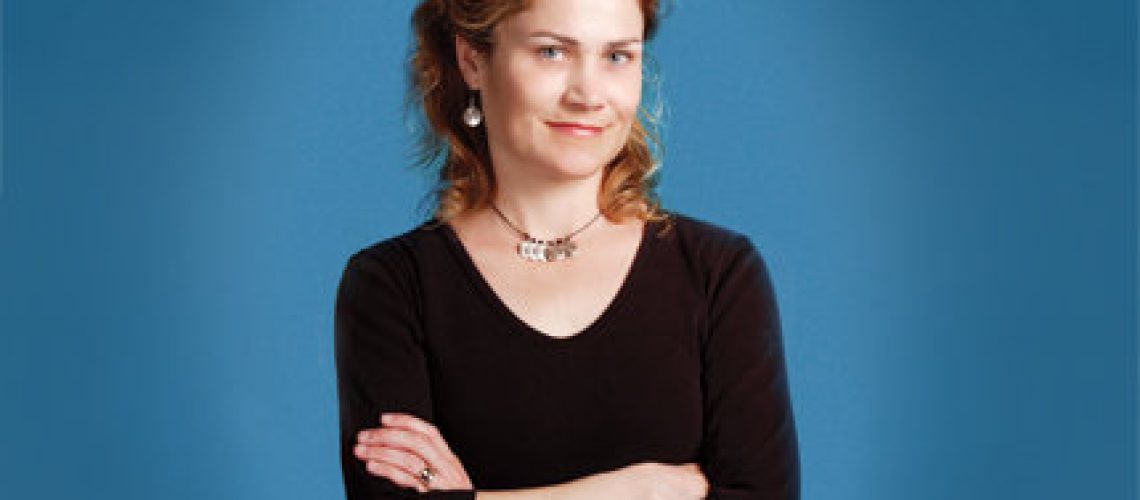
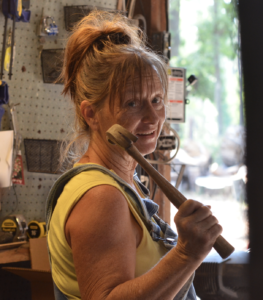
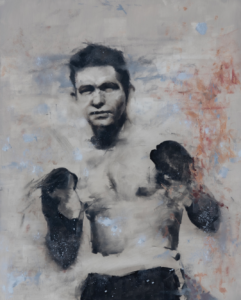
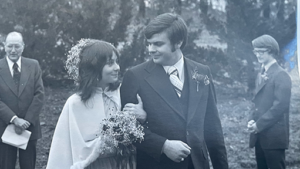
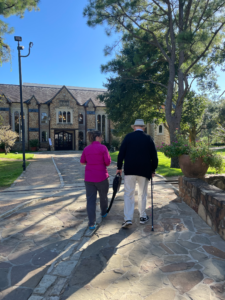
One Response
Stunned. So eagerly reading through your words, I could feel your excitement about this new scientific field and all that awaits there to be discovered. Then. Stabbed in the heart when I read what happened to this beloved, genius of a woman. I am amazed by her work; have always been amazed by yours. Yet, for all we discover in our wonderful and mysterious world, we’ve yet the ability to save ourselves and the mind within. What a tragic loss.